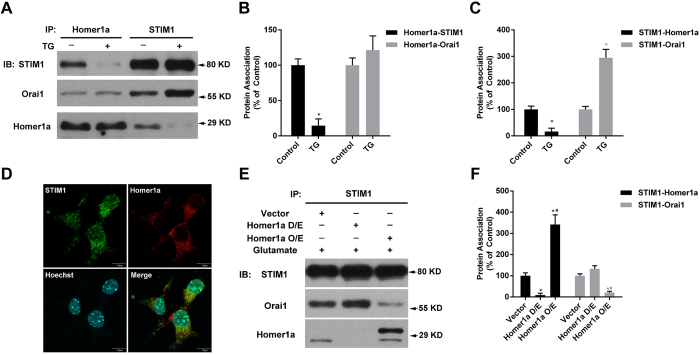Figure 6. Increased Homer1a protein levels altered STIM1-Orai1 interaction.
HT-22 cells were loaded with or without TG (2.5 μM) for 5 min and harvested. Equal amounts of protein were used for Co-IP with anti-STIM1 or anti-Homer1a antibodies, following by western blotting using anti-STIM1, anti-Orai1, or anti-Homer1a antibody (A). The relative associations of Homer1a (B) or STIM1 (C) with each other and Orai1 were quantified as a percentage of the optical density of the control group. HT-22 cells in control group were not subjected to TG. Co-localization of STIM1 and Homer1a was also assessed with immunofluorescence staining (D), STIM1, Green; Homer1a, Red; Nucleus, Blue). Scale bar = 10 μm. After infection with a lentivirus-mediated vector for either Homer1a shRNA or Homer1a O/E for 48h, HT-22 cells were treated with glutamate for 6 h and harvested for Co-IP assay. Equal amounts of protein were used for Co-IP with anti-STIM1 antibody following by western blotting using anti-STIM1, anti-Orai1, or anti-Homer1a antibody (E). The relative association of STIM1 (F) proteins with Homer1a and Orai1 were quantified as a percentage of the optical density of the vector group. Data are presented as mean ± SEM from four experiments. *p < 0.05 vs. control or vector group, #p < 0.05 vs. Homer1a D/E group.

